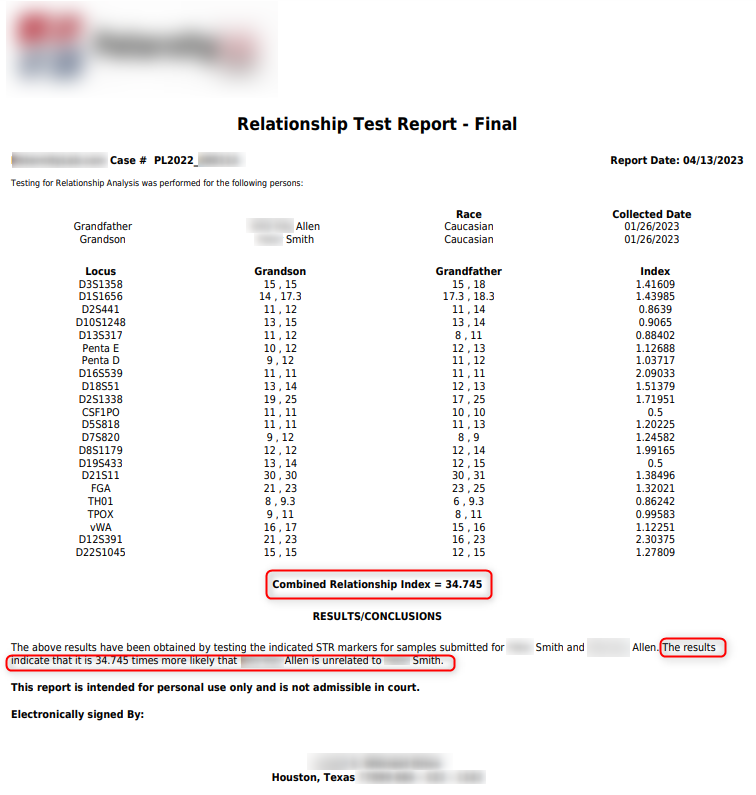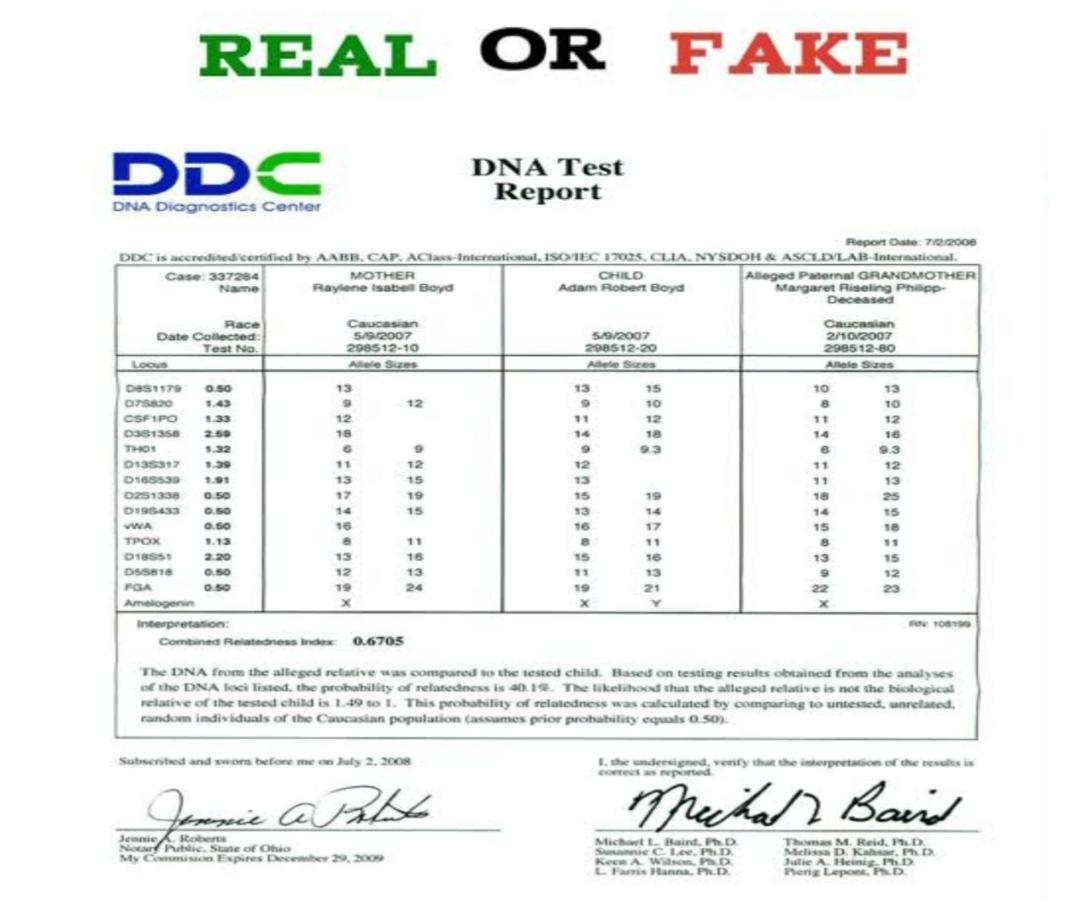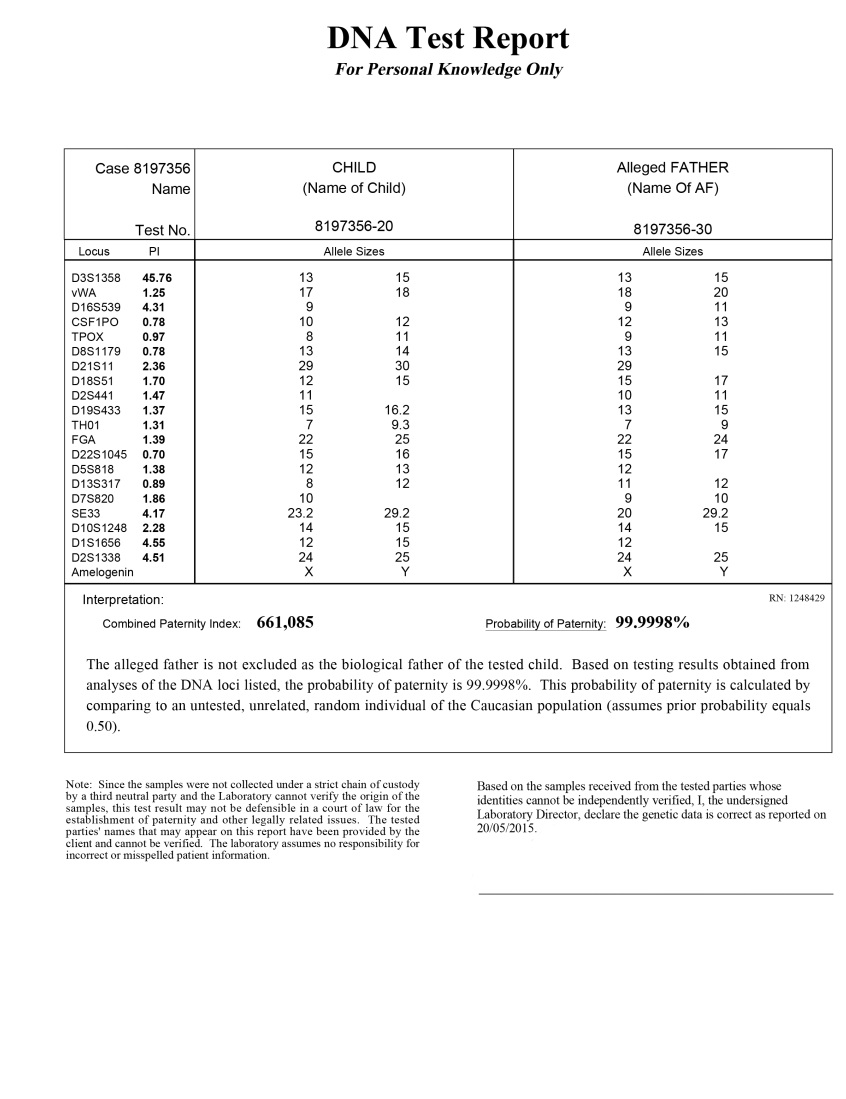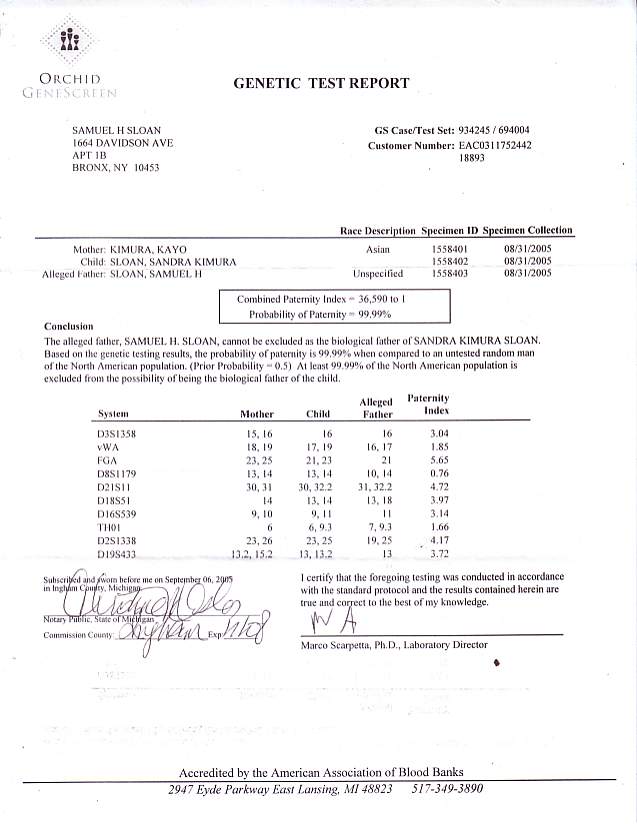How To Read A Ddc Paternity Test Result
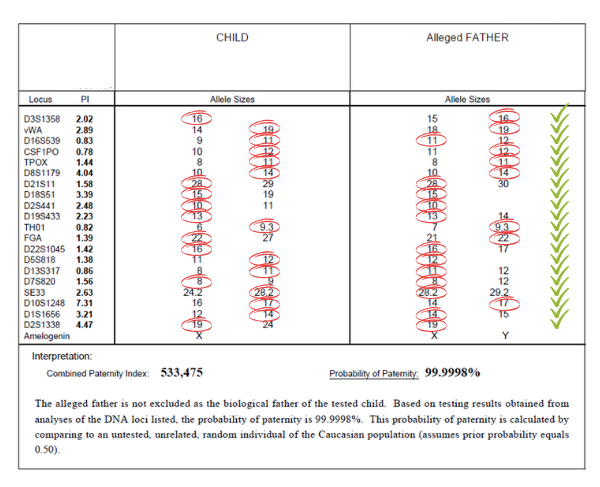
In the emotionally charged realm of family law and personal discovery, a DNA paternity test holds immense power. Deciphering the results of such a test can feel overwhelming, but understanding the key components is crucial for navigating the implications. Misinterpretation can lead to unnecessary distress or incorrect legal decisions, highlighting the importance of accurate knowledge.
This article serves as a guide to understanding a typical DDC (DNA Diagnostic Center) paternity test result. We will break down the key elements, explain the scientific basis, and address common questions that arise during this process. The aim is to empower individuals with the knowledge needed to interpret these reports accurately and confidently.
Understanding the Basics of DNA Paternity Testing
DDC, a leading provider of DNA testing services, utilizes a process based on analyzing specific regions of DNA called Short Tandem Repeats (STRs). These STRs are highly variable regions in the human genome, making them ideal for individual identification. A paternity test compares the STR profiles of the child, alleged father, and sometimes the mother.
Each individual inherits one allele (version) of each STR from each parent. The test result will display the allele numbers for each STR locus (location) tested for each individual.
The Paternity Index (PI)
The Paternity Index (PI) is a numerical representation of the likelihood that the alleged father is the biological father, based on the genetic markers analyzed at a single locus. A PI is calculated for each STR locus tested.
If the alleged father's alleles match the child's at a particular locus, and the mother's allele is different, the PI for that locus will be greater than 1. This indicates that the alleged father is more likely to be the father than a random individual.
Conversely, if the alleged father does not share an allele with the child at a particular locus where it should exist based on the mother's profile, the PI for that locus will be 0. This strongly suggests he is not the biological father.
Combined Paternity Index (CPI)
The Combined Paternity Index (CPI) is the product of all the individual Paternity Indices calculated for each STR locus. It is a single, comprehensive number that reflects the overall probability of paternity.
The higher the CPI, the greater the likelihood of paternity. DDC, like most accredited labs, typically tests a large number of STR loci to ensure high accuracy and a reliable CPI.
Interpreting the Test Report
A typical DDC paternity test report will include identifying information for all parties involved, the date of the test, and the laboratory's accreditation information. The core of the report presents the allele results for each STR locus tested.
The report will then display the Paternity Index for each locus and the CPI. Finally, the report will contain a conclusion, stating the probability of paternity.
Understanding the Probability of Paternity
The probability of paternity is derived from the CPI and expresses the likelihood that the alleged father is the biological father, compared to a random unrelated male in the same population. DDC, along with most labs, considers a probability of 99% or higher as conclusive evidence of paternity.
A probability of 0% indicates exclusion, meaning the alleged father is not the biological father. Results falling between 0% and 99% are considered inconclusive, though this is rare with standard DNA testing.
Example Report Snippet
Imagine a report showing: "Locus D8S1179: Child 12,15; Mother 12,14; Alleged Father 15,16". Here, the child inherited allele 12 from the mother. Therefore, the child inherited allele 15 from their biological father. The alleged father has the 15 allele, increasing the likelihood he is the father.
Conversely, if another locus showed a mismatch where the child had an allele not present in either the mother or alleged father, that would significantly reduce the probability of paternity.
Important Considerations
While highly accurate, DNA paternity testing is not foolproof. Rare genetic mutations can occur, though these are exceedingly uncommon and labs take measures to identify and account for them.
Chain of custody is also crucial for legal admissibility. A legally binding test requires strict protocols for sample collection, handling, and documentation to ensure the integrity of the results.
Always review the entire report carefully and consult with a qualified professional if you have any questions or concerns. DDC and other reputable labs provide customer support to assist with understanding results.
The Future of Paternity Testing
Advancements in DNA technology continue to improve the accuracy and efficiency of paternity testing. Non-invasive prenatal paternity testing (NIPP) is becoming increasingly common, allowing for paternity determination during pregnancy through a simple blood draw from the mother.
As technology evolves, access to paternity testing is likely to become even more widespread and affordable. This increasing accessibility will further empower individuals to resolve questions of parentage with greater ease and certainty.
Ultimately, understanding how to read a DDC paternity test result, or any paternity test result, is crucial for making informed decisions. This knowledge empowers individuals to navigate complex personal and legal situations with confidence and clarity.
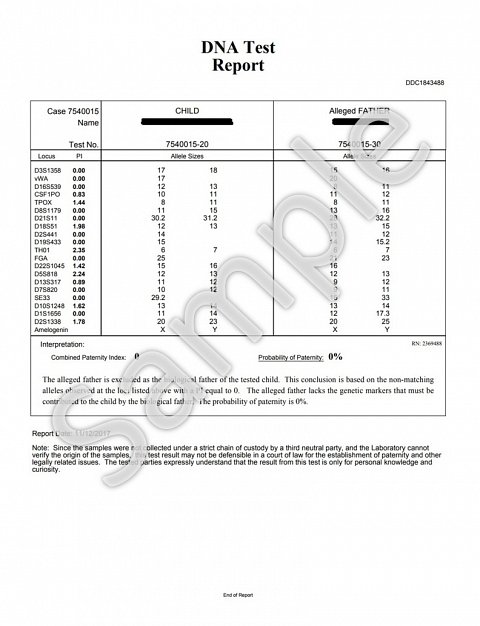
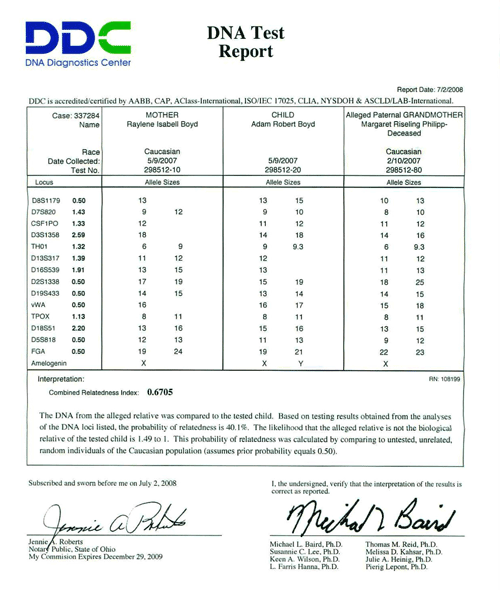
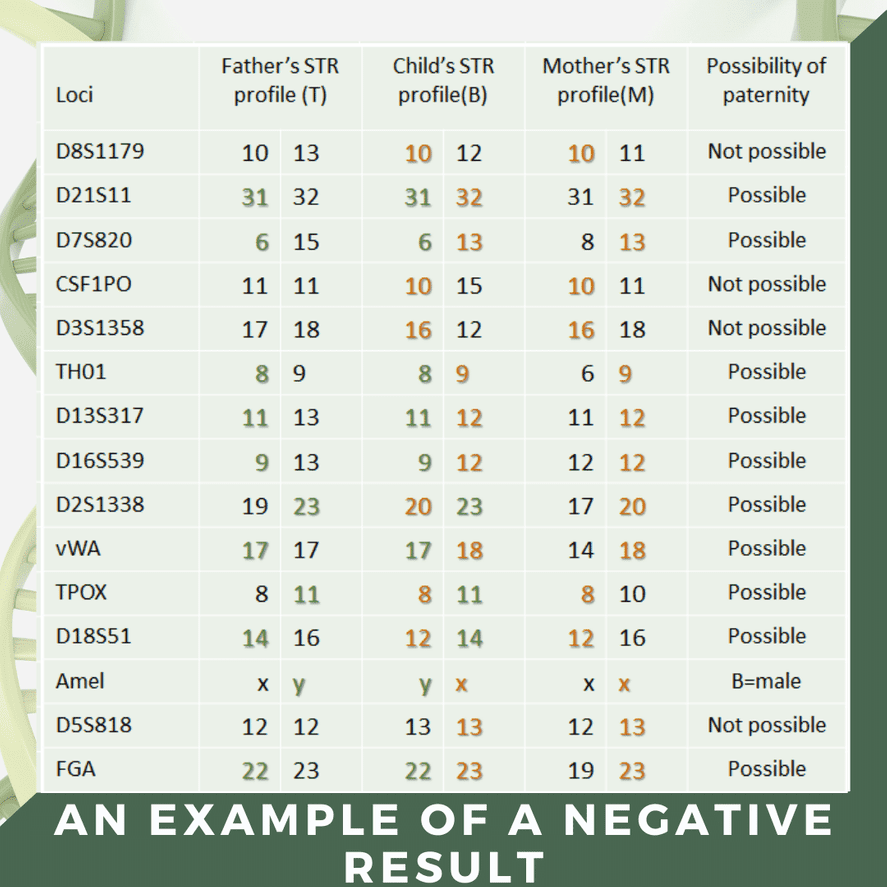
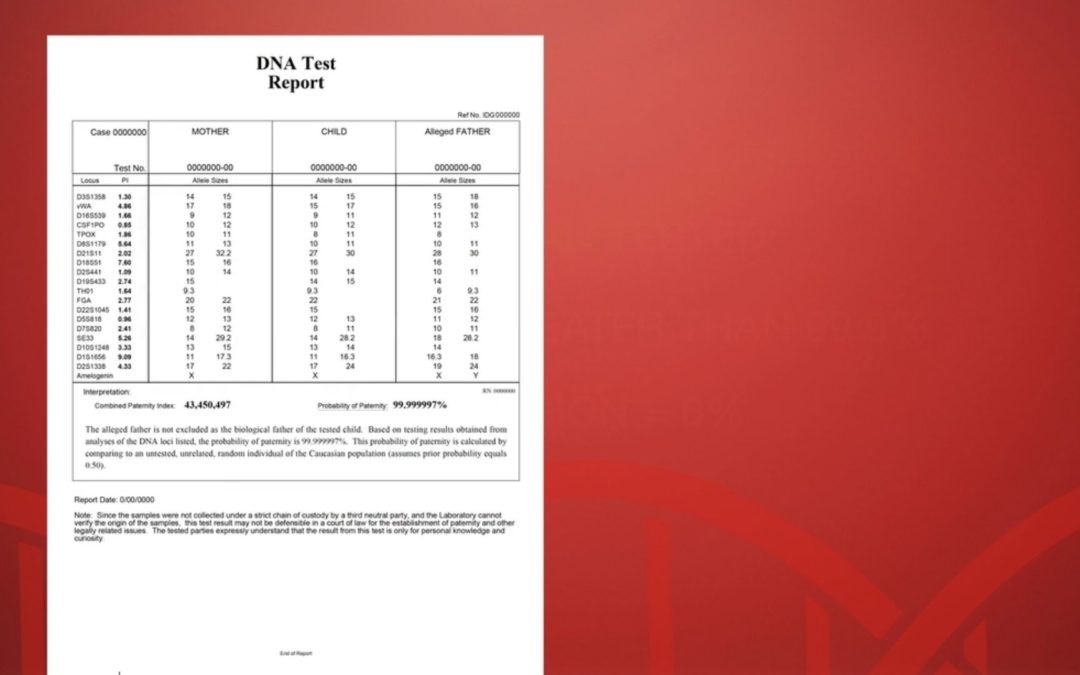
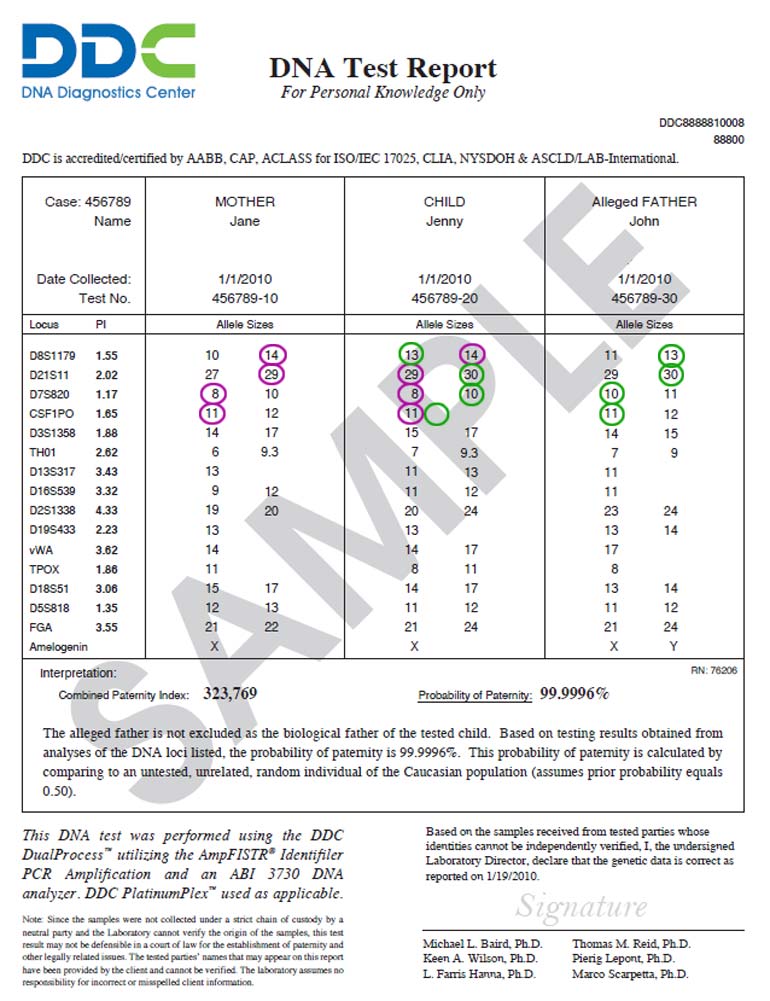

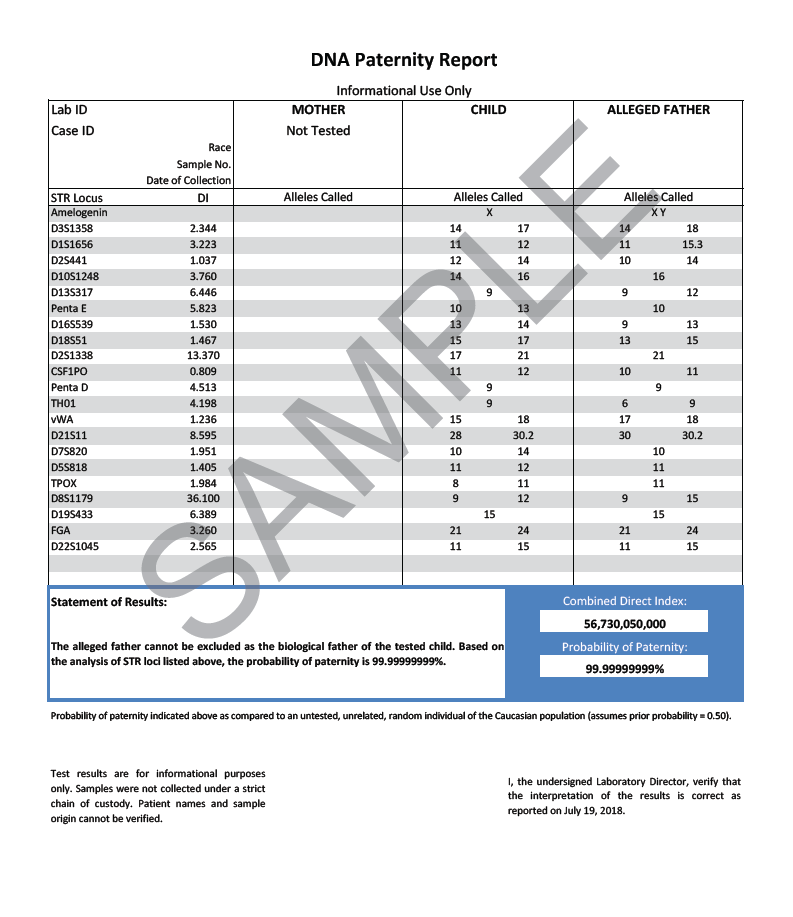

.png)

